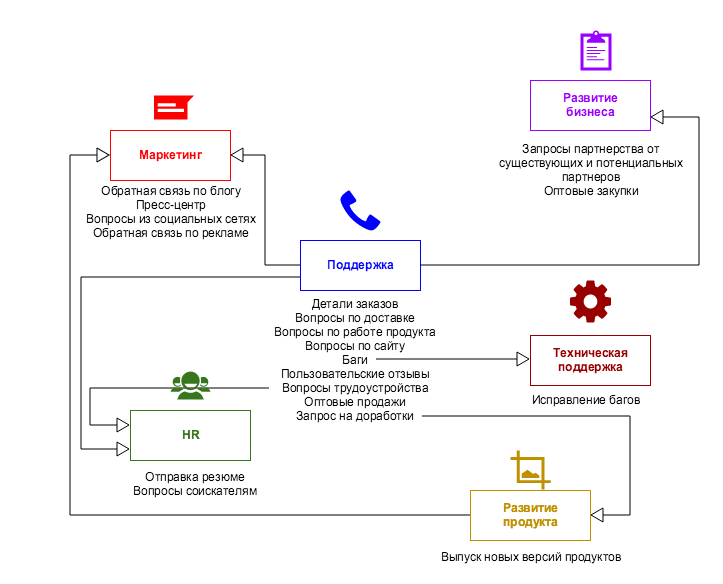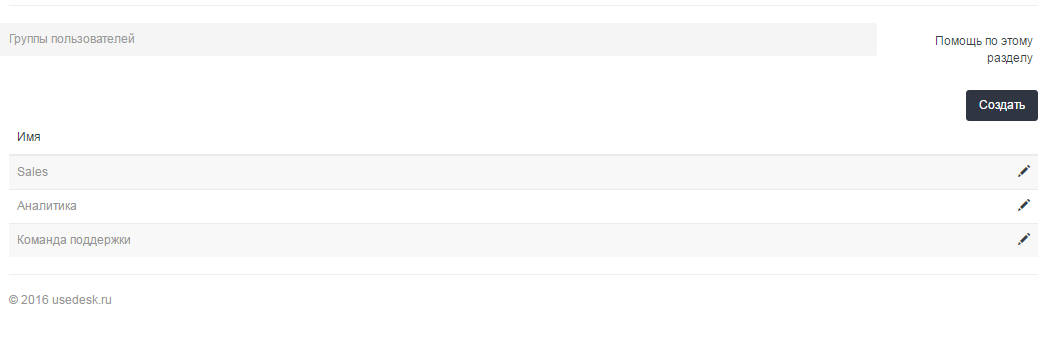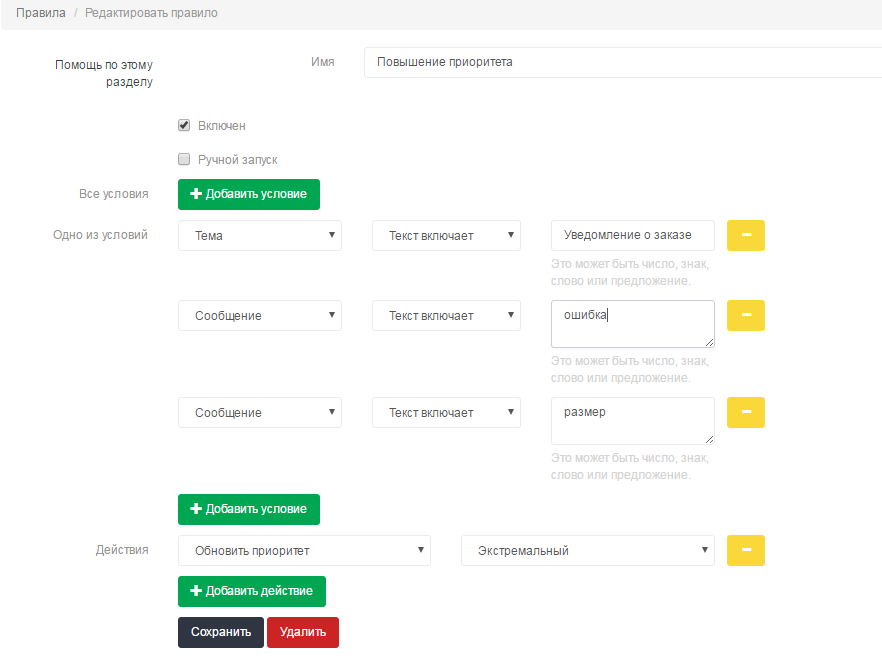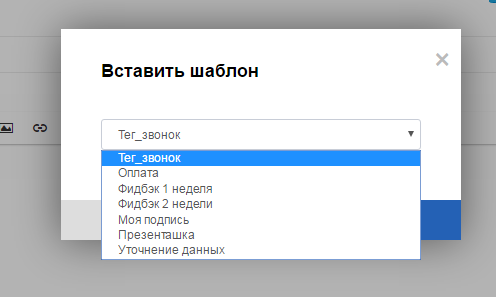Automation humanly

It is easy to be tempted to use automation in support - it saves the company time and money. It seems to be easier to write down IVR, auto-responses, templates of the same type, chat bots - fold your arms and enjoy a low share of contacts. But only a person can still solve real problems of clients, so the best option for automation is not to replace a team with robots, but to help agents become superhumans. Today we will talk about such methods of automation.
Separate the flies from the chops
When I first came to support, the company had only one info @ e-mail box where a ton of letters was dropped. I felt like a router that helps messages travel from point A to point B. Questions about payments and invoices - in the accounting department, about integration - IT specialists, offers of cooperation - in marketing. There was no point in living the “transit point”. Once, when I once again raked the rubble, apparently, especially groaning, a colleague next to me for candy gave me the magic word “filter”. I quickly checked what types of letters I could send in a good way without looking, and set up filters. Instead of spending 20 minutes each day sending messages, I created a useful automated system in the same 20 minutes.
')
20 minutes a day is 10 full working days a year. A whole vacation.
If tons of junk clog up the queue, the support team spends energy on the shipment, while it could help customers. To correct the problem, draw a map: what kind of topics each department receives, what to answer, what to keep for history or delete immediately. After that, automate the routing.

To get the letters immediately in the right hands, create group addresses in the mail. It's even easier here in Yuzdeska - there is a “Groups” section, where you combine employees by department.

Create rules based on subject, message content or sender to automatically redirect requests to groups. It is not necessary to memorize a diagram with details of all possible questions, it is enough to know the main topics. The team will exhale and move the focus to customer support, and the hard work will leave automation.
Take care of your time
When a customer contacts you to ask for pants of a different size before you submit the order, you only have half an hour until he waved the pen and went to another site. You can manually review every request every half hour and pull out such from the total mass. There is another option - to calculate the “urgent” and automatically transfer them to the queue with high priority. Most likely, such letters will come more often in response to your order confirmation email: the customer noticed an error in the amount and wrote. The selection is not very accurate, so we add another condition on the content: the letters will contain the words: “change”, “size”, “error”.

The rule is ready, now you do not have to resort to pathetic excuses "Sorry, but your order has already been sent, now we can not help."
Do not be afraid of automatic letters
Imagine that you have broken the payment section on the site. You are covered with a wave of messages “I can not pay!”, “When will it all work?”, “But what is this!”. To fix the error is half the battle, but to notify all customers who applied, you need another 2 hours. Victims will think that you do not solve the problem for a long time and get angry, and new customers have to wait until you understand the notifications about the end of the failure. In Yuzdesk there is a magic wand for such cases. All error complaint letters are marked with a “fail” tag. Then create a “manual rule” for all requests with this tag.

After you fix everything, just run the rule and all clients will simultaneously leave a letter that everything is already in order. You have time for seagulls, and customers ran to pay for orders.
Seven troubles - one answer
Template answers for me are the most difficult and controversial automation tool. On the one hand, there are no similar questions, clients are very sensitive to the details of their problems and feel the need for personal participation. On the other hand, all support is tied to templates, because the range of possible scenarios is limited, whatever one may say. There are 10, 20, 30 main topics of references, the rest is “variations on the topic”. Cool templates save time and support, and the client. It is much faster to click once than to copy the saved answers from different places.

When creating templates, I use three tricks:
- Humanity. The client should never suspect that you are a robot and are using a template. How to make such patterns we told here.
- Additional actions. In Judesk it is easy to add to the text template a routine like “change status”, “change artist”. It is useful to add tags to the templates, for example, when answering delivery dates, add the “delivery” tag to later calculate how many such hits.
- Centralized changes. I create separate templates for each group, and if something changes in the processes, then all the employees immediately have access to the updated templates. This helps to maintain a single communication style and prevent conflicting answers to the same customer questions.
To find the perfect balance between automation and personal communication, collect feedback from customers, reviews will tell you if you are moving in the right direction. Adjust the processes if the answers become formal, and customers do not feel that you listen carefully to their problems. Automation will become a competitive advantage only when you use it to improve customer experience, and not save time and effort.
Source: https://habr.com/ru/post/299724/
All Articles